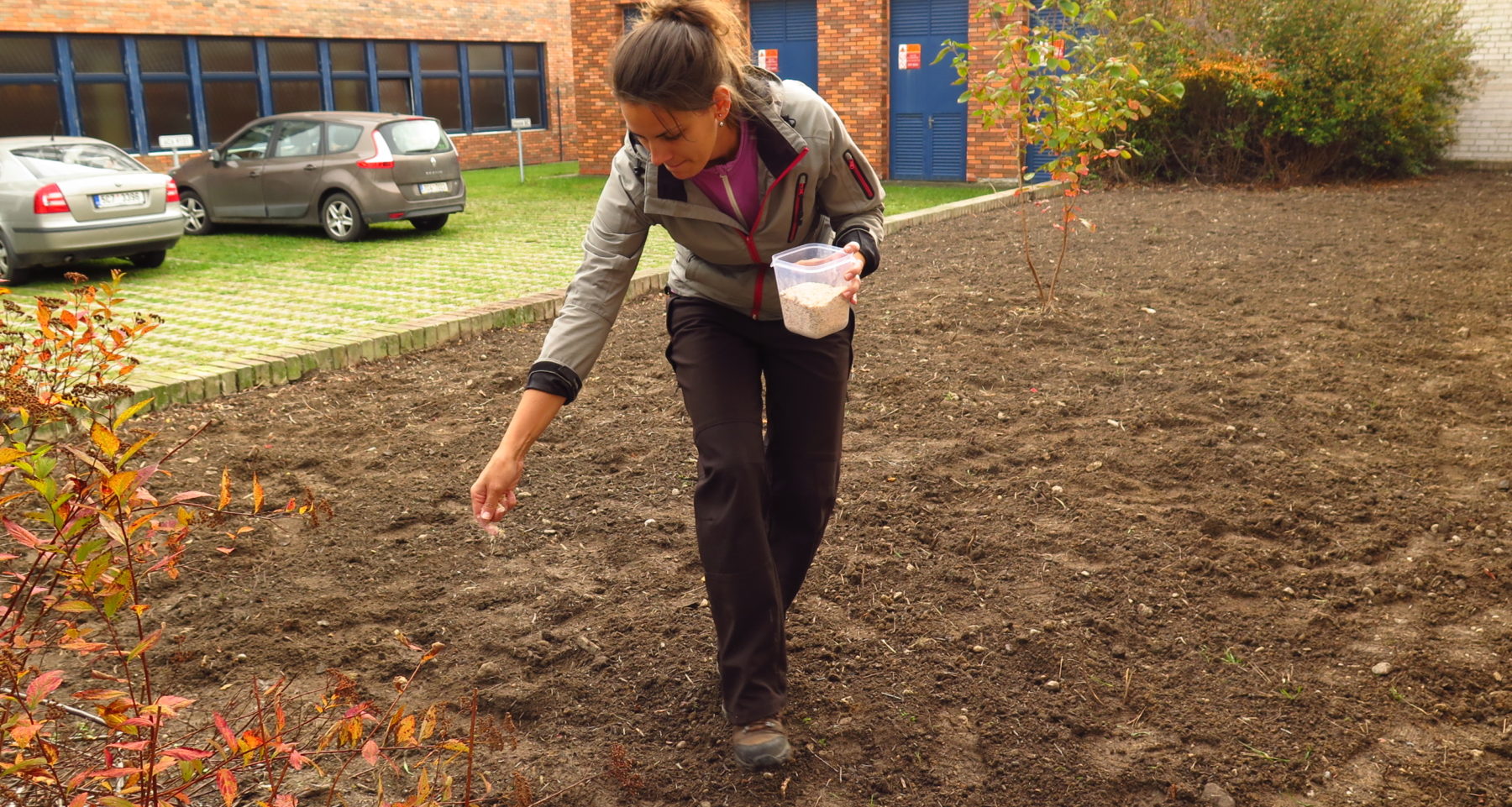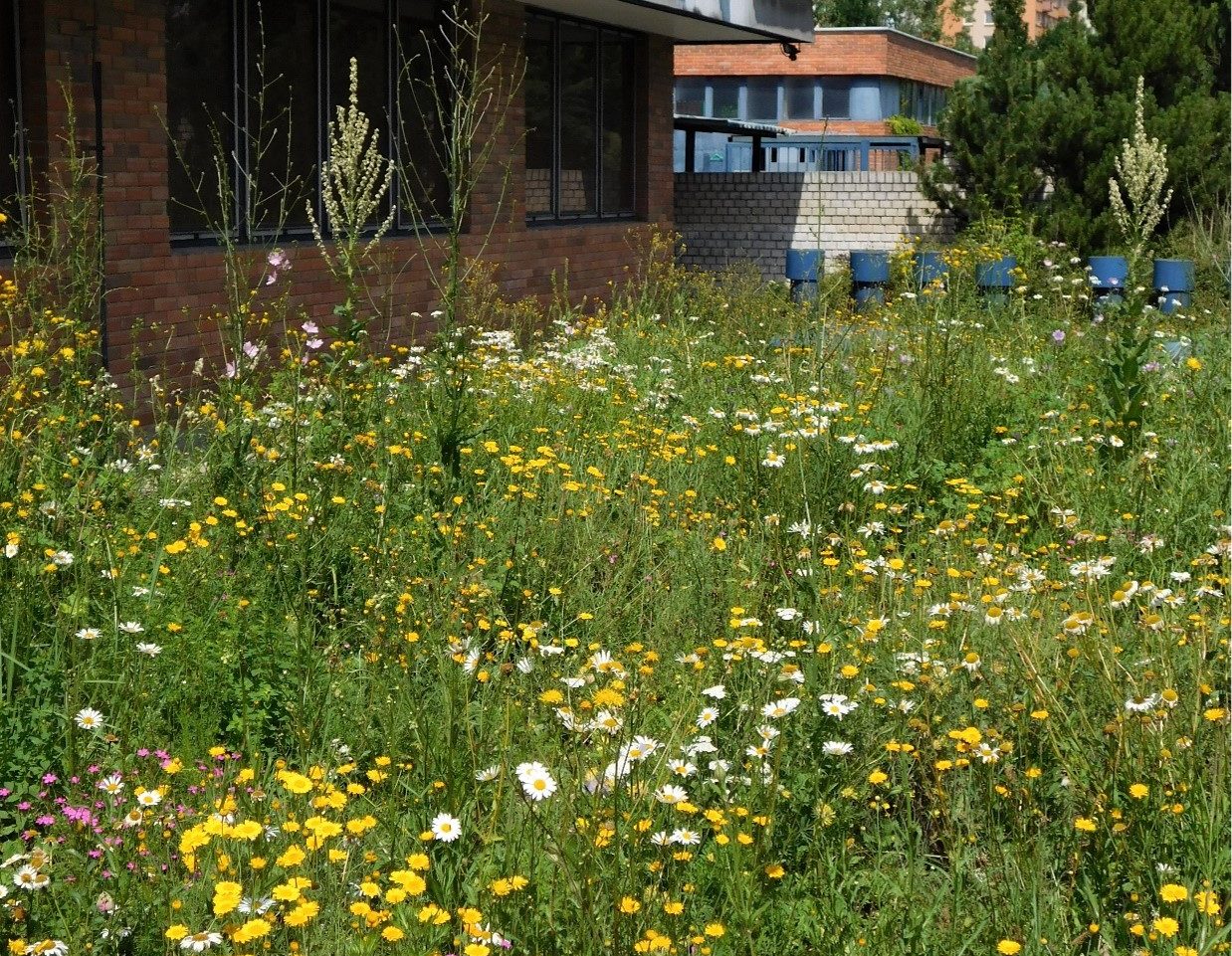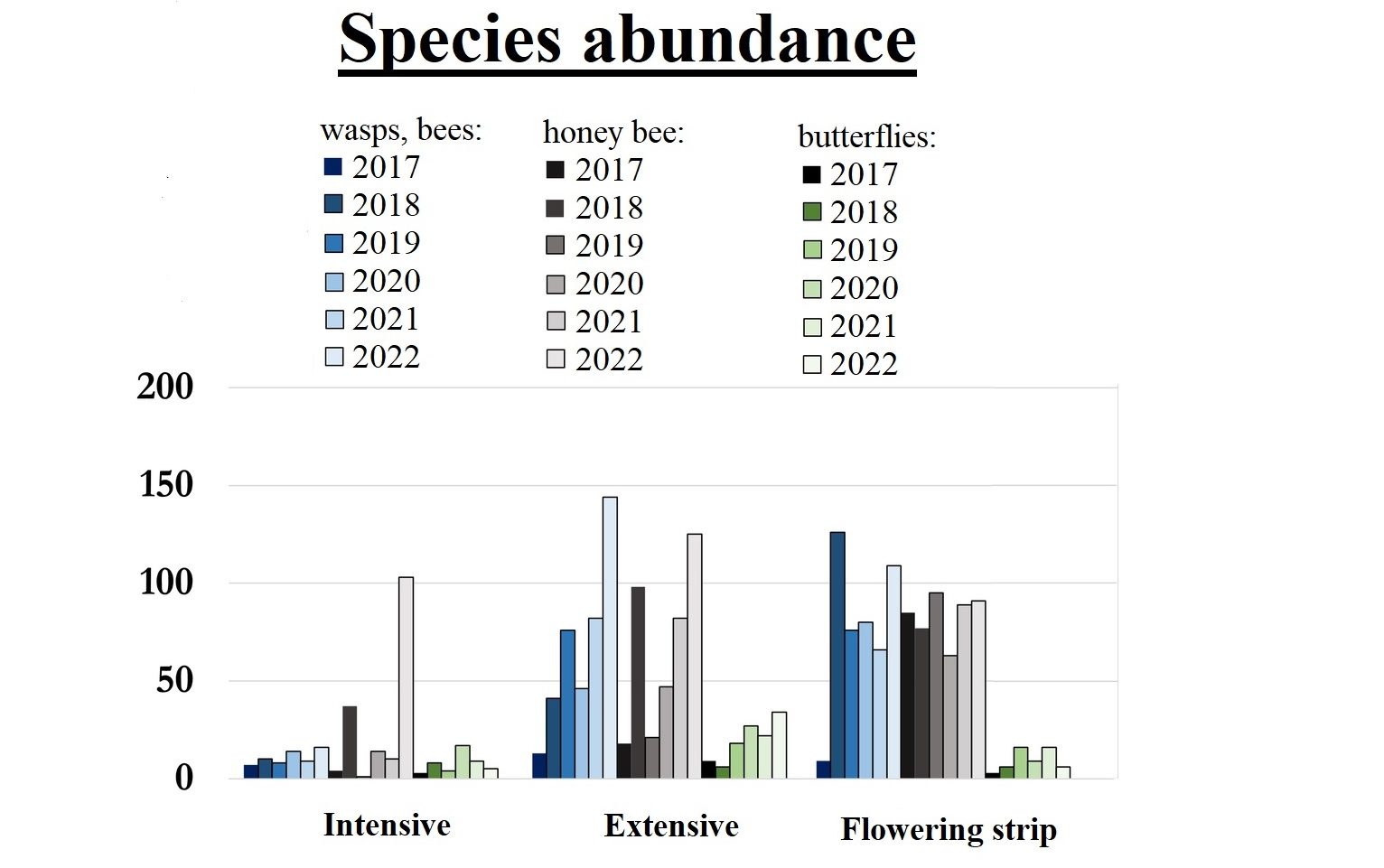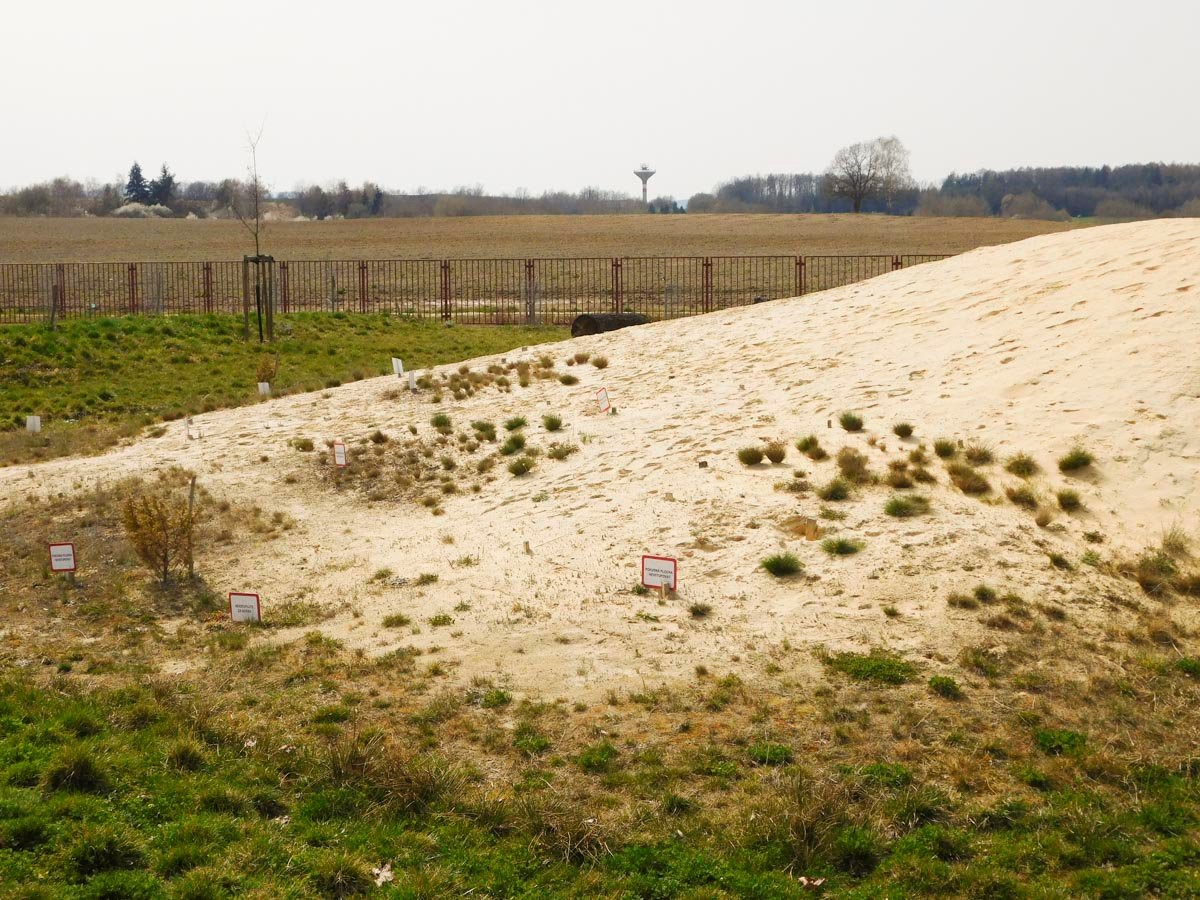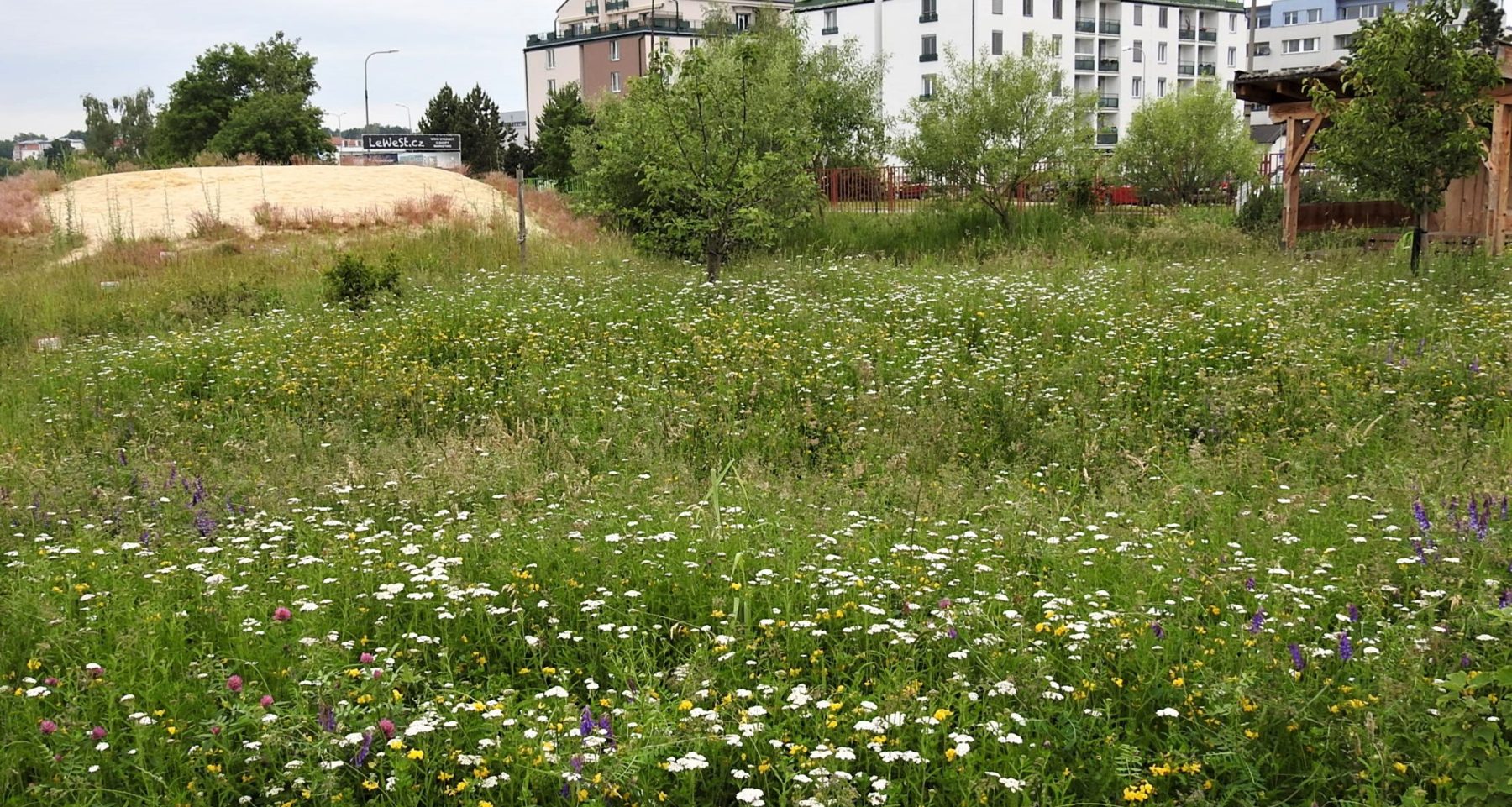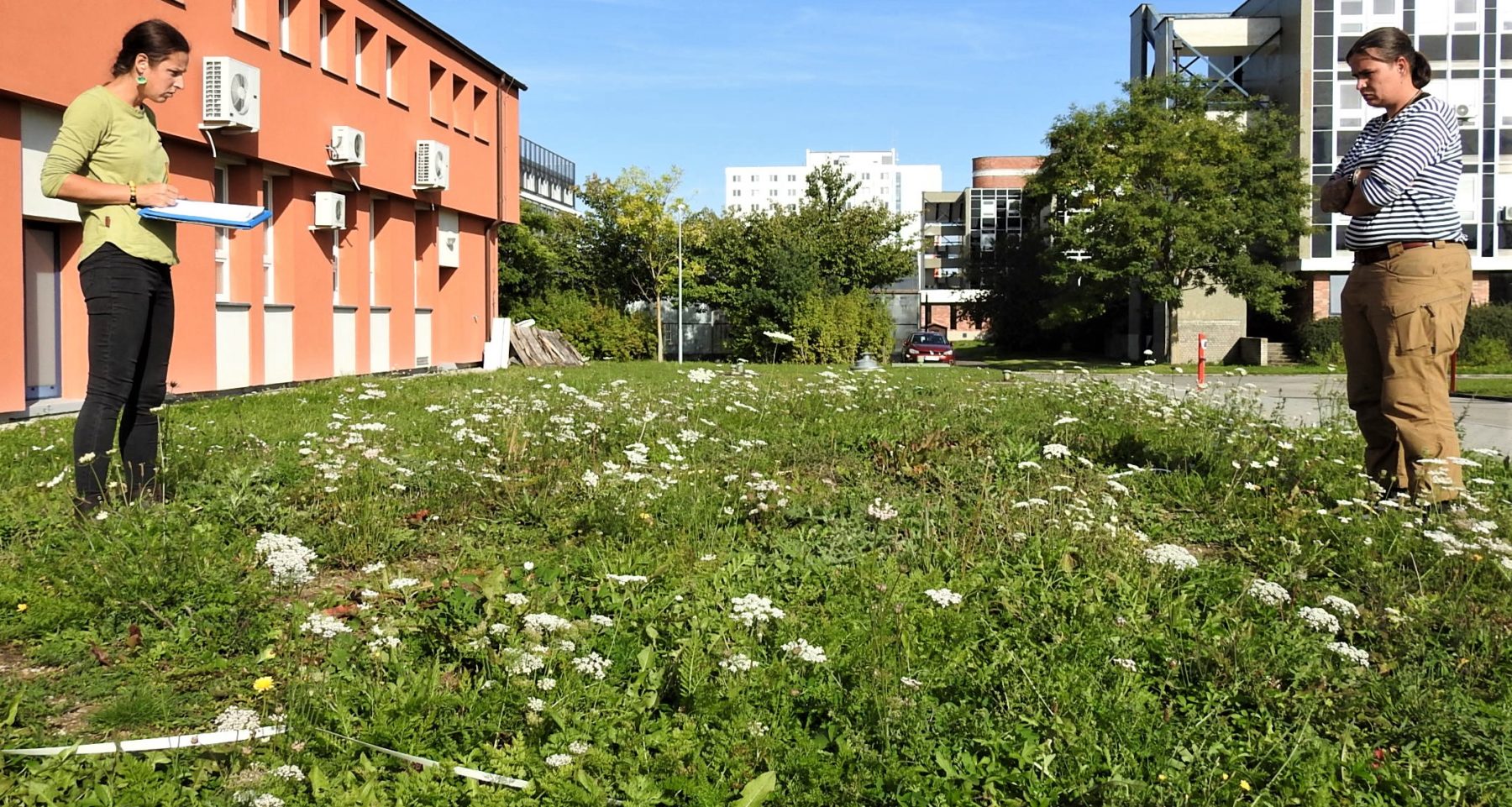Overview
Overview: The campus of the University of South Bohemia hosts several experimental sites supporting the biodiversity of higher plants, insects, and other groups of organisms in the urban environment, serving educative and research purposes, and increasing the aesthetical value. These experimental sites include the Faculty Garden sand dune, flowering strips, extensively mown grasslands, and a meadow newly established from a regional seed mixture.
Background: The historical landscape was composed of a mosaic of various types of habitats. The impact of large-scale and intensive landscape management changed the landscape structure affecting not only the abundance of endangered species but also other species relatively common in the past. Attempts to increase biodiversity have been previously conducted in agricultural as well as other human-made landscapes.
Keywords: demonstration, training, regional seed mixture
Target group: vocational education and training + further education
Orientation: urban ecology
Practical information:
- Accessibility: freely accessible
- Guide needed: no
- Best season for visit: May – September
- Regular field trips: yearly monitoring (contact: Klára Řehounková, [email protected]; Anna Müllerová, [email protected])
Training value: Regular monitoring of the sites allows to evaluate and recommend appropriate management. The sites represent best practice examples to enhance biodiversity in the urban environment.
Quick Facts
Project Location:
Branišovská 1645, České Budějovice 2, 370 05 České Budějovice, Czechia, 48.978186225978, 14.448559741135, 15, ChIJVVWV_i5Qc0cRm29V9qTiyzc, 1645, Branišovská, České Budějovice, Jihočeský kraj, 370 05, Czechia, CZ
Geographic Region:
Europe
Country or Territory:
Czech Republic
Biome:
Temperate Forest
Ecosystem:
Grasslands & Savannas - Temperate
Project Lead:
Restoration Ecology group, Department of Botany, Faculty of Science, University of South Bohemia
Organization Type:
University / Academic Institution
Project Partners:
Faculty of Science, University of South Bohemia
Location
Project Stage:
Monitoring & Evaluation
Start Date:
2014-04
End Date:
2022-03
Primary Causes of Degradation
Urbanization, Transportation & IndustryProject Goals
The primary goal was to improve the nature conservation potential and aesthetical value of the urban environment. The campus serves to increase the biodiversity of higher plants, insects, and other groups of organisms and creates a resting area for students and university staff. At the same time, it is serving as an example of a highly structured “wilderness” providing habitat for animals and plants, useful for teaching purposes as a best practice, oriented to achieve near-natural restoration of urban sites.
Monitoring
The project does not have a monitoring plan.
Ecological Outcomes Achieved
Socio-Economic & Community Outcomes Achieved
Key Lessons Learned
Transferring biomass from well-preserved dry grasslands can be a successful approach for the restoration of psammophytic habitats.
Site preparation of the plots for the sowing of regional seed mixtures is crucial to avoid the expansion of undesirable plant species.
The type of material used for re-grassing (threshed material vs. seed biomass) may influence the success of grassland restoration.
Long-Term Management
The sites are regularly (selectively, mosaic) mown in connection with monitoring. The sand dune is regularly intentionally disturbed, and the woody species and undesirable expansive species are removed to keep the site partly open.
Other Resources
Restoration Ecology Group: http://www.restoration-ecology.eu/
Guidelines to establish flower-rich structures in urban and rural areas: http://restoration-ecology.eu/common_files/uploads/Guidelines_flower-rich%20structures%20FINAL.PDF
Link to leaflets:
- Faculty garden http://www.restoration-ecology.eu/common_files/uploads/leaflets_projects/Faculty-garden_sand-dune.pdf
- Flowering strips https://www.restoration-ecology.eu/common_files/uploads/leaflets_projects/Flowering-strips_Urban-grasslands.pdf
- Regional seed mixtures https://www.restoration-ecology.eu/common_files/uploads/leaflets_projects/Regional-seed-mix.pdf
Faculty garden twitter: https://twitter.com/fakzahr
Primary Contact
Name:
Klára Řehounková
Affiliation:
University of South Bohemia, Faculty of Science
City:
České Budějovice


